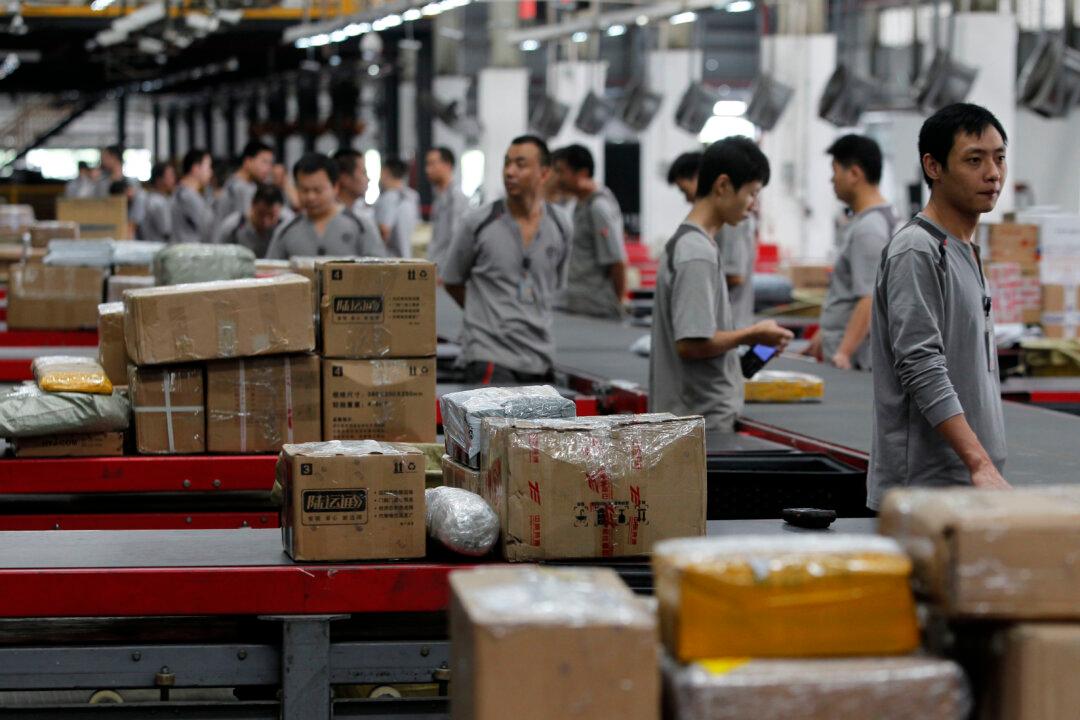Regarding the capability to innovate in China and India, the proverb “necessity begets ingenuity” rings true.
At least according to Eric Roth, head of Mc Kinsey’s Global Innovation and Growth Practice. He says India is a stronger innovator precisely because it doesn’t have the resources of China.
“India faces severe deficits in infrastructure, skills, and resources. By contrast, China’s constraints are found in its abundances. Ironically, China’s abundance of money and talent often stand in the way of innovation,” he writes on the company’s blog.
First, there is the abundance of capital. Total venture capital investment until September 2015 was $36.2 billion; total foreign direct investment was $114 billion until the end of November.
source: tradingeconomics.com
With these kinds of resources there should be many successful startups coming to the market, especially following the stock market boom during the first half of the year. But, according to Roth, IPOs for new startups have actually declined compared to last year.
Roth thinks that at this stage, it’s mostly “dumb money“ going into China. It ”chases quick wins, investing fads, and propositions without real value or differentiation.”
He says the newfound Chinese millionaires and billionaires don’t understand the venture game and chase quick returns rather than build businesses by offering money and expertise.
“As a result, fledgling businesses must contend with over-funding, pressure from inexperienced board members, and a lottery-like dynamic that encourages size over economic fundamentals,” Roth writes, and likens it to the Internet bubble in the West in the late 1990s.
The second abundance problem China has is talent. Although the quantity of engineers and scientists is staggering, the quality is lacking.
“Sheer numbers of graduates are not translating into talent that can turn ideas into scalable businesses,” says Roth, much contrary to the opinion of billionaire investor Wilbur Ross, who said earlier this year that it’s just a numbers game: “If you have more engineers and more scientists, just on a probability basis, the chance of them discovering something becomes higher.”
Even if this is true, Roth still thinks that talent is not used right regardless of whether the quality is there or not. “Sufficient quantities of the right talent organized in the right way are still elusive,” he writes.
For good measure, Roth goes completely against the McKinsey company line and lambastes the way Chinese companies are organized.
“Chinese companies have an abundance of structures and processes, but suffer from the inability to translate these into an increased stream of value creating innovation,” he writes. Economies of scale aren’t creating more innovation as the average size of the Chinese company has increased.
Roth says that the hierarchical structure of the typical Chinese company stifles innovative thinking and focuses on leadership and execution rather than bottom-up creativity. “The leadership makes decisions to reinforce the status quo and solidify management power bases,” Roth writes.
He could say the same about the Chinese economy as a whole.





